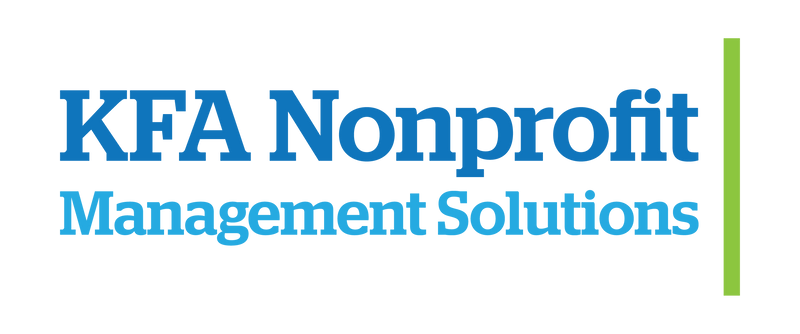After weeks of uncertainty, the federal government may finally be reopening. But for nonprofits across the country - especially those that depend on federal grants - the real recovery is only beginning.
Shutdowns don’t just freeze federal paychecks or close national parks. They disrupt entire ecosystems of programs, partnerships, and grant-funded initiatives that millions of Americans depend on. As agencies restart operations, the coming weeks will reveal a complex mix of catch-up work, new budget realities, and tough choices.
The Immediate Aftermath: Playing Catch-Up
Federal agencies will restart operations that have been on hold for weeks. Thousands of furloughed employees are returning to massive backlogs—pending grant modifications, payment requests, and reports that piled up during the shutdown.
For nonprofits, this means continued delays. Even with the government reopened, it will take time for agencies to resume normal grant operations. Drawdowns, reimbursements, and pending approvals may not process right away as staff work through administrative bottlenecks.
If your organization relies on reimbursement-based funding - especially through HHS, HUD, or DOJ programs - expect at least a few more weeks before payments stabilize. Agencies will prioritize time-sensitive obligations first, leaving non-urgent items (like extensions or budget amendments) further down the queue.
The Grantmaking Pause: Missed Opportunities and Compressed Timelines
The shutdown froze new grant awards and halted application reviews across virtually all federal agencies. Programs like Head Start, SAMHSA, HRSA, and the Nonprofit Security Grant Program were stalled midstream.
Now, with the fiscal year already in motion, agencies face the challenge of reopening competitions under compressed deadlines. Expect some funding opportunities to reappear quickly - but with shorter application windows than usual. For nonprofits that plan their calendars around federal release cycles, this could make 2026 one of the most fast-paced and competitive years yet.
Organizations should monitor grant opportunities closely. When opportunities reopen, deadlines may be tight - often just 15–20 days instead of the usual 30–60.
Funding Uncertainty Beyond the Shutdown
While the shutdown itself caused temporary disruption, the longer-term issue is structural. This year’s budget environment is shaped by the OBBBA, signed in July 2025, which permanently reduces or rescinds billions in discretionary grant funding.
Even as federal offices reopen, the resources available for new awards are shrinking. Programs in infrastructure, environmental justice, research, and education have already lost billions to rescissions under OBBBA. Many of those cuts hit funds that were previously obligated - meaning some communities may discover that awarded grants are being clawed back or reduced.
In practical terms: some competitions may reopen with smaller total award pools or fewer grant slots than originally expected. Agencies will likely reprogram or consolidate funding streams to cover their most critical priorities.
What Nonprofits Should Do Now
Nonprofits can take several proactive steps to navigate the post-shutdown landscape:
Check your active awards – Log into your agency’s grant portal and verify the status of payments, obligations, and communications.
Communicate early – If a delay threatens your operations, notify your federal program officer or grants management contact as soon as possible. Many agencies will offer flexibility in reporting or performance timelines.
Plan for shorter turnaround times – Keep proposal materials, budgets, and attachments updated so you can move quickly when new RFPs drop.
Revisit your revenue mix – The OBBBA’s discretionary funding cuts make it more critical than ever to diversify funding streams. Corporate, foundation, and state-level grants will play a larger role in 2026. And don’t forget those COPA and Opioid Settlement funds we’ve been harping on all year.
Document the impact – If your organization lost revenue, delayed services, or faced layoffs due to the shutdown, document those impacts. Many federal and philanthropic funders track post-shutdown recovery needs.
The Road Ahead
Even as lights come back on across Washington, many nonprofits will be dealing with the aftershocks of this shutdown for months. Cash flow disruptions, program interruptions, and staffing instability don’t vanish overnight - and in some cases, they coincide with lasting policy changes under OBBBA that further restrict federal grant availability.
The reopening is good news, but it’s not a full return to normal. It’s the beginning of a new phase - one that will demand agility, foresight, and collaboration across the nonprofit sector.
At KFA Nonprofit, we encourage you to treat this moment as a time to strengthen relationships, modernize grant readiness systems, and rethink funding strategies for a leaner federal landscape. And, if your organization is in real peril here, connect with us and let’s see what we can do.
